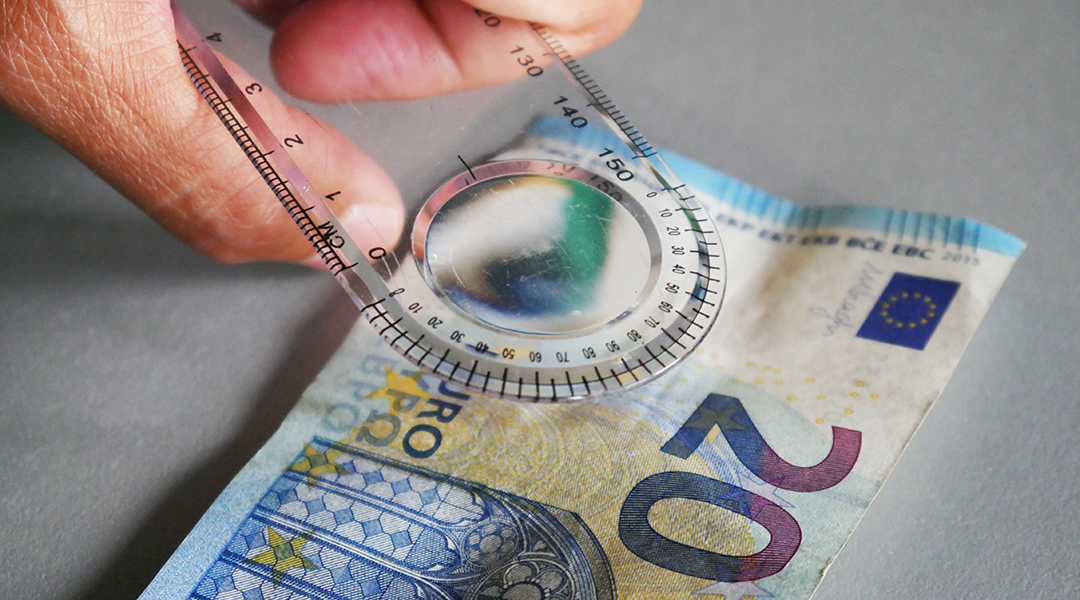Molecular barcodes are in the name; a physical code that can be read to retrieve information, but at the molecular level.
Counterfeiting is a major global problem with huge economic costs. In the European Union alone, counterfeiting cost the 27-member bloc €15 billion (US$15.4 billion) in 2020. And the costs aren’t just economic: counterfeit medicines and therapies can have potentially deadly consequences.
“Multiple anti-counterfeiting solutions exist,” said Jean-François Lutz, Deputy Director of the Charles Sadron Institute and head of the Precision Macromolecular Chemistry Group at the National Center of Scientific Research, France. “They can be macroscopic (e.g., use of barcodes), nanoscopic (e.g., colloidal patterns) or molecular. In the latter-most case, it has been shown that sequence-defined polymers are an exciting solution.”
Lutz and his team looked to polymer chemistry to develop sequence-defined polymers that can act as a molecular tag, or taggants, that can be used as a means of making various products counterfeit-proof.
“These polymers can contain a unique identification sequence and can be blended in a variety of host materials,” explained Lutz. “Furthermore, the polymer taggants can be selectively extracted and decoded […] However, in all known cases, the polymer taggants are only physically adsorbed in the host material. This can be a problem in the long term because they may leach out or aggregate.”
To overcome this problem, the researchers made polymer taggants that could easily attach and detach to the materials’ surface via covalent bonds.
In a paper recently published in Macromolecular Rapid Communications, Lutz and his team showed how their polymer taggants can also be uniquely identified using desorption electrospray ionization−mass spectrometry (DESI−MS).

Lutz explained the process to us further:
“In the present article, we show for the first time that sequence-defined polymer taggants can be covalently attached to a host material and selectively detached for mass spectrometry identification. Our strategy relies on reactive desorption electrospray ionization (reactive DESI). The polymer taggants were covalently attached to a polyacrylamide hydrogel. Yet, a disulfide linker was placed between the taggant and the hydrogel. In reactive DESI conditions, the disulfide linker can be selectively reduced, thus releasing the taggant that can be ultimately sequenced by mass spectrometry.”
This method is both advantageous for those who don’t want their products counterfeited, and a hindrance for forgers who might think about forging the molecular barcodes themselves; “they would need a specific reactive DESI instrumentation to access the taggant,” explained Lutz. These instruments don’t come cheap.
With new breakthroughs in synthesis techniques, new applications can be found in unexpected places.
“These results constitute a very promising breakthrough for molecular anti-counterfeiting technologies,” said Jochen Moesslein, CEO and founder of Polysecure GmbH, and a co-author of the paper.
Reference: Jean-François Lutz et al. ‘Covalent Attachment and Detachment by Reactive DESI of Sequence-Coded Polymer Taggants‘ Macromolecular Rapid Communications (2022) DOI: 10.1002/marc.202200412
Correction: This article was corrected on July 13, 2022. In the original version, the quote at the end of the article was mistakenly attributed to Jean-François Lutz, not Jochen Moesslein.

















